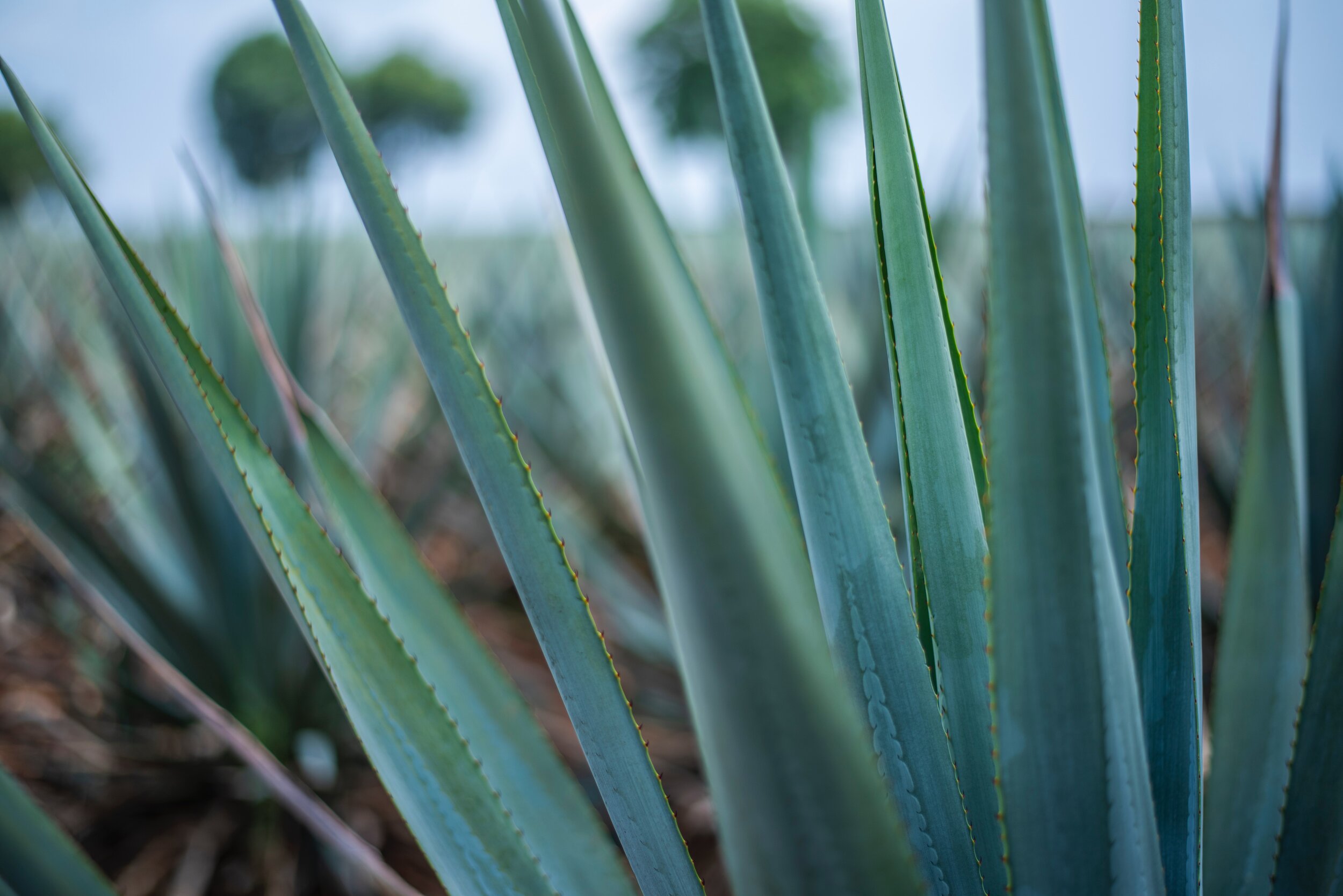
Tequila
Origins
The production of agave spirits has been around since 1000 B.C. The Aztecs were fermenting the agave plant into pulque for religious ceremonies and personal consumption. The pulque that they made was closer to a fermented milky beer, so it wasn’t until the Spaniards arrived and they ran out of brandy and wine that they began to distill the agave plant. This distilled agave beverage is closer to what now know as mezcal. Remember all tequila is mezcal, but not all mezcal can be tequila. There a specific regulations in place that allow for this distinction to occur.
It wasn’t until 1758 when the Cuervo family opened their distillery that what we now know as modern tequila began being created. By 1873 the Sauza family opened their own distillery and Don Cenobio Sauza identified the Weber Blue Agave plant as the best for producing tequila.
What Makes it Tequila?
How is it made?
Agave hearts all halved and then placed in autoclaves, stainless steel pressure cookers or baked in ovens. This starts the sugar production that paves the way for fermentation. After cooking, the agave is pressed to remove the juice and sugar and this is what’s fermented. This fermented agave juice is then distilled.
Legal Specifications?
• 51% Weber Blue Agave minimum and can be mixed with neutral grain spirits and sugar. However, to be a true blue agave, it needs to be made with 100% Weber Blue Agave
• Must be distilled to a minimum of 38% ABV
• Can be bottled between 35-55% ABV
• No aging Requirements
Where can it be made?
Tequila can only be produced in five regions:
Michoacán, Guanajuato, Nayarit,
Tamaulipas, & Jalisco
Tasting Notes & Popular Expressions
Like most agave spirits, the flavor profile of the tequila is going to indicative of the soil it was grown on, the altitude it was grown at, and the climate in which it was grown in. Lowland tequilas in volcanic soil have more vegetal notes, whereas highland tequilas will have more citrus, spice, and butter notes to them. However, all tequilas will have some sort of subtle vegetal, citrus, mineral, and salinity levels to them.
Suggested Brands - Ocho, Siete Leguas, & Fortaleza
Suggested Cocktails - La Paloma, Margarita, Silver Monk, & El Guapo
